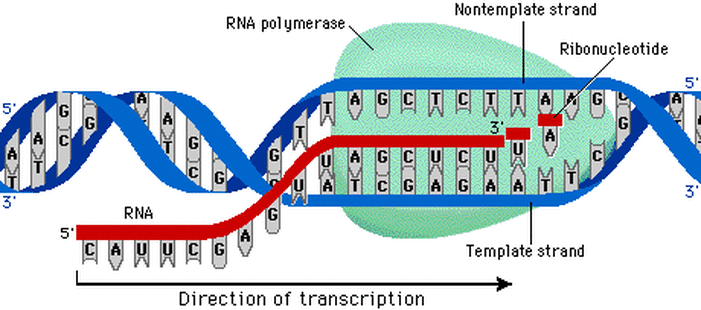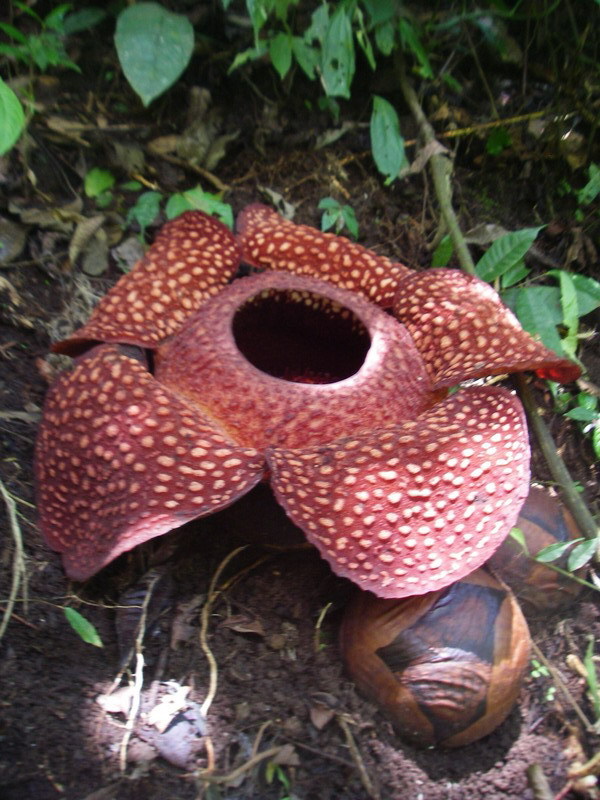Act 1 :Initiation
- mRNA is moved out of the nucleus into the ribosome on the endoplasmic reticulum
- the ribosomes are made up of 2 subunits large and small.
- in eukaryote cells the they are the 40s and 60s subunits
- in prokaryote cells they are the 30s and 50s subunits
- The larger subunit contains 3 sites, A, P, and E
- The tRNA moves into the first site and reads the mRNA starting with AUG(codon)
Act 2 :Elongation
- tRNA contains anti codons that bind with the codons
- each tRNA contains a peptide that binds with the codon
- once the peptide binds with the codon it moves to the P site and picks up al the peptides that were previousely in the P site.
- the previouse tRNA moves to the E site and exits the ribosome
- this creates a chain of petides called polypeptides
- there are 64 different codons but only 20 amino acids. Every amino acid is responsible for 2-3 codons. This effect is called the wobble effect
Act 3 :Termination
- 3 base sequences can signal the stop of the translation
- the last tRNA moves to the P site and binds its peptide with the polypeptide chain
- once the translations stops, the ribosome breaks up again leaving behind the polypeptide chain that will later become protien


























